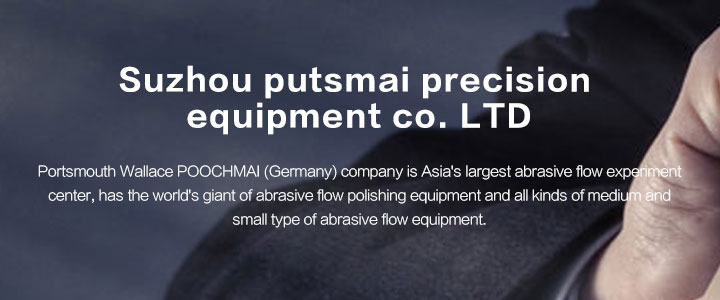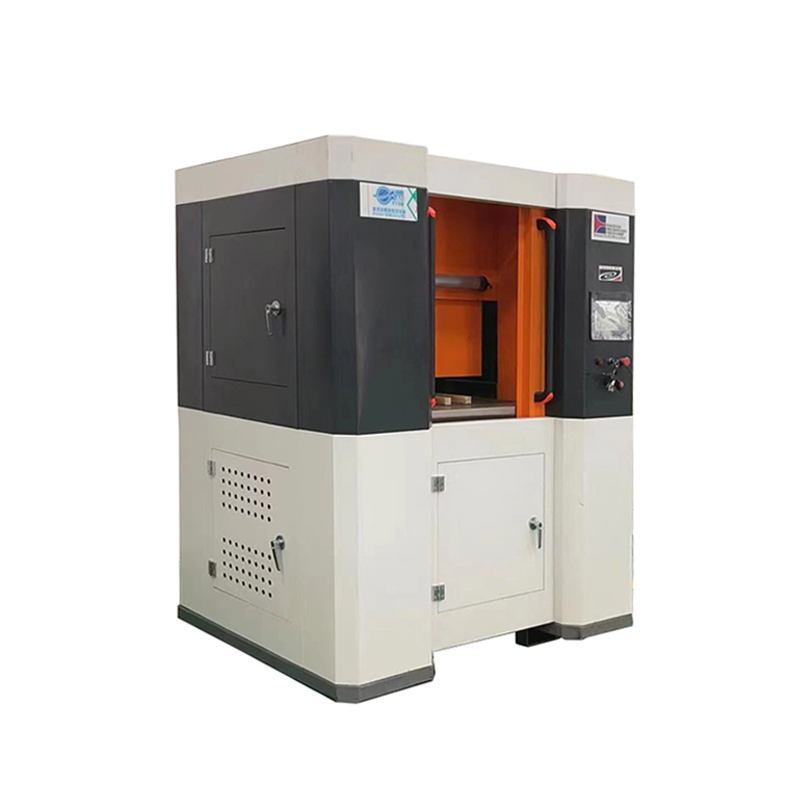

Recently, the melt blown fabric spinneret is quite popular, and many customers who have purchased equipment believe that fluid polishing machines can only cast this mold. In fact, the application range of fluid polishing machines is even wider than you imagine!
In 1966, the fluid polishing machine process was born in the United States, during the golden age of American industry. This process was mainly used for polishing and deburring aerospace parts, such as blade polishing, nozzle polishing, valve body and valve block deburring. In the late 1970s and early 1980s, Japan became one of the world's leading automobile production countries, and fluid polishing technology also played an important role in the field of Japanese automobile manufacturing, especially in the polishing and deburring of automotive engine system components, such as crankshafts, common rail pipes, fuel injectors, pistons, various bends, valve cores, and transmission components in gearboxes. To this day, fluid polishing technology has played an important role in many fields such as aerospace, military heavy industry, automotive manufacturing, medical equipment, mold manufacturing, transmission components, semiconductor industry, textile workpieces, 3D additives, and so on.
Of course, when polishing other products, if the aperture is greater than 0.5mm, it is not necessary to use a good abrasive such as a spinneret for polishing. It is better to use ordinary silicon carbide abrasive, which is much cheaper. Of course, fluid polishing machines are not as magical as many defective manufacturers claim, as they can be polished to the mirror surface regardless of roughness. We can improve the original roughness by 2-3 levels or 4 levels, but we cannot throw a very rough surface onto the mirror surface. If there is such propaganda, it must be deceiving.